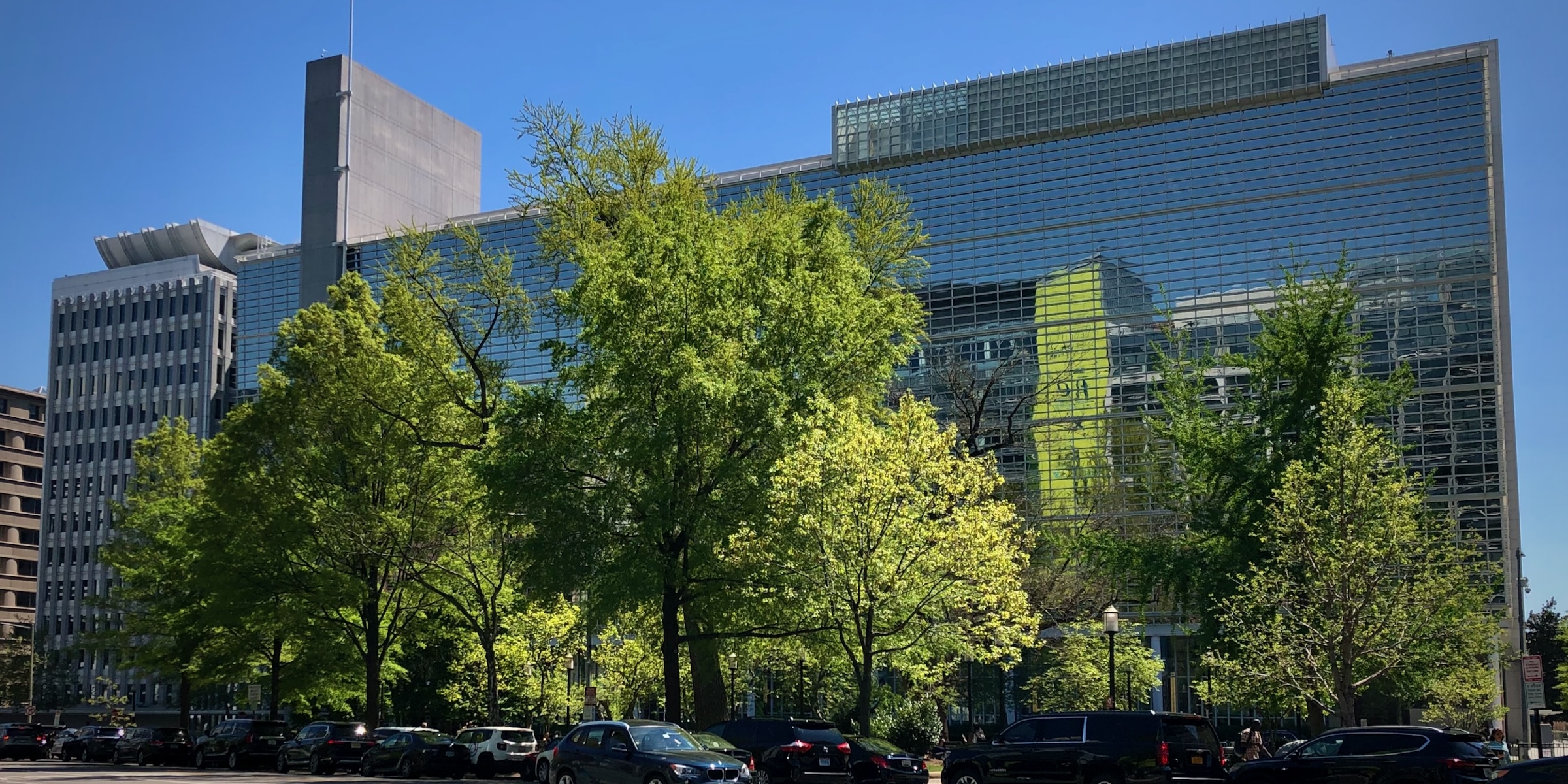We are living through historic—and perilous—separation of high finance from everyday experience. Accelerating climate disruption is a symptom of the unaccountability that comes with such disconnections. And yet, central banks’ efforts to mitigate climate risk and build resilience will affect you personally.
When food is scarce, prices rise; this is one of the most significant drivers of everyday economic health and wellbeing. Food price shocks ripple through local, regional, and national economies, and quickly result in compounding costs.
The global scientific consensus—building on both peer-reviewed scientific study and ongoing real-time observations—shows food system failure could happen simultaneously across multiple breadbasket regions, with 90% of crop land degraded, by 2050. No public or private-sector financial institution is currently conditioned to weather such adversity. A brief tour of the cascade of compounding impacts explains why:
- Global heating disrupts and dislocates critical climate patterns, depleting glaciers (stores of fresh water) and causing entire watersheds to undergo severe disruption;
- Extreme drought, flooding, storms, and soil erosion, along with biodiversity loss, undermine conditions on which agriculture depends;
- Multiple breadbasket regions experience major crop failure simultaneously;
- Food prices across the world rise suddenly and stay unaffordably high;
- Disasters and degraded economic efficiencies cost hundreds of billions, even trillions of dollars per year;
- Public institutions struggle to respond, while private insurers stop selling insurance;
- As resources are redirected to deal with disaster, hunger, displacement, and financial emergency, the everyday economy grinds to a halt;
- At the worst possible time, the world experiences prolonged economic depression.
Without widespread immediate action to avoid further climate disruption, the foundations of modern economic prosperity will be catastrophically eroded.
The WWF Global Futures study, as reported by Fast Company, finds:
… by the middle of the century, the loss of key “ecosystem services” could cost the world $479 billion each year. The U.S. will lose more than any other country, with an $83 billion loss to the GDP per year by 2050.
That’s a conservative estimate…
Long before that catastrophic situation unfolds, micro-stresses will impose similar constraints on individual institutions, all economic sectors, and some nations. The UK is stress-testing banks for climate risk, for this reason.
Even as climate-smart finance commitments rapidly expand, and major investment managers are committing to drive sustainable investment, concerns are growing that major drivers of economic wellbeing are still moving too slowly to avoid major climate-related economic disruption. As Quartz is reporting:
Central bankers are increasingly worried about the toll climate change will take on the economy—including as a cause of recessions. Even now, an event severe enough to induce a full-blown recession in an advanced economy isn’t unthinkable. Just take stock of the economic waste laid by climate-related weather in recent years.
The rate of increase in climate-related disaster-response is staggering. As reported by Quartz:
scientific advances in “attribution,” along with increasingly rich data from insurers, make it clear that the economic toll is already coming due. Since the 1980s, the annual total of costly weather-related disasters has doubled, while estimated losses have jumped from an annual average of $30 billion in the 1980s to $110 billion over the last decade.

The total cost of climate-related disasters in the United States in 2017 was roughly 30 times the yearly average from 1980 to 2010.
We are already living in the climate-disrupted future. Costs are escalating rapidly, far faster than climate disruption cost-response plans are being designed or put into practice.
Liam Denning, writing for Bloomberg, observes:
Our energy system is decadent at a fundamental level. Roughly four fifths of what is called primary energy consumption comes from burning fossil fuels, and thermodynamics ensure the majority of that kind of “consumption” is actually just waste heat (see this ).
That decadence is cost that touches all areas of everyday economic activity. It is possible to quantify the “destructive value” of investments in the status quo, by evaluating specific costs in cash terms, and by measuring the affordability benefits of institutions that might become non-viable in a world characterized by year-round, everywhere-active climate disruption.
The starting point for pricing in climate chaos is to account for:
- the cost of rapidly intensifying disasters,
- the macroeconomic ramifications of food system collapse and food price spikes, and
- the affordability constraints of an economy with no insurance and limited subsidies.
From there, we can begin to measure the macro-critical resilience value of any particular investment or spending decision (its impact on the possibility of resilient value across the whole economy), and begin adjusting all finance to the climate resilience imperative.
Your personal power, your personal freedom, your right to be who you are, are all influenced by these dynamics.
For local and national economies to enjoy reliable prosperity, central banks need to be accounting for, incentivizing, and actively pushing investment toward climate resilience.
Share this:
Joseph Robertson
Joseph Robertson is Executive Director of Citizens' Climate International. He represents Citizens’ Climate in the UNFCCC negotiations and other United Nations processes, and in the Earth Diplomacy Leadership Initiative. He is Chief Strategist for Resilience Intel and the Climate Value Exchange, and a member of the Carbon Pricing Leadership Coalition Advisory Group. Joseph is a principal in the Good Food Finance Network, co-leading efforts to establish a new co-investment platform for food systems transformation and the Integrated Data Systems Initiative. He previously served as Interim Director for the Food System Economics Commission, during its start-up phase, and as Senior Advisor, Sustainable Finance, for the EAT Foundation. He is the founder of Geoversiv Earth Intelligence, and publishes a free newsletter at LivingFutures.net.



